Imagine entering your backyard and being greeted by wildlife: a symphony of chirping birds, the delicate fluttering of butterflies, and the mesmerising dance of fireflies as dusk sets in. A vibrant garden brings joy to your life and provides a sanctuary for local wildlife.
Creating a garden that captivates your senses and nurtures local wildlife is a rewarding endeavour that benefits both nature and your well-being. By making thoughtful changes, you can create a haven that welcomes birds, bees, butterflies, and other creatures. Making your garden wildlife-friendly benefits you and your family as much as it helps the local ecosystem.
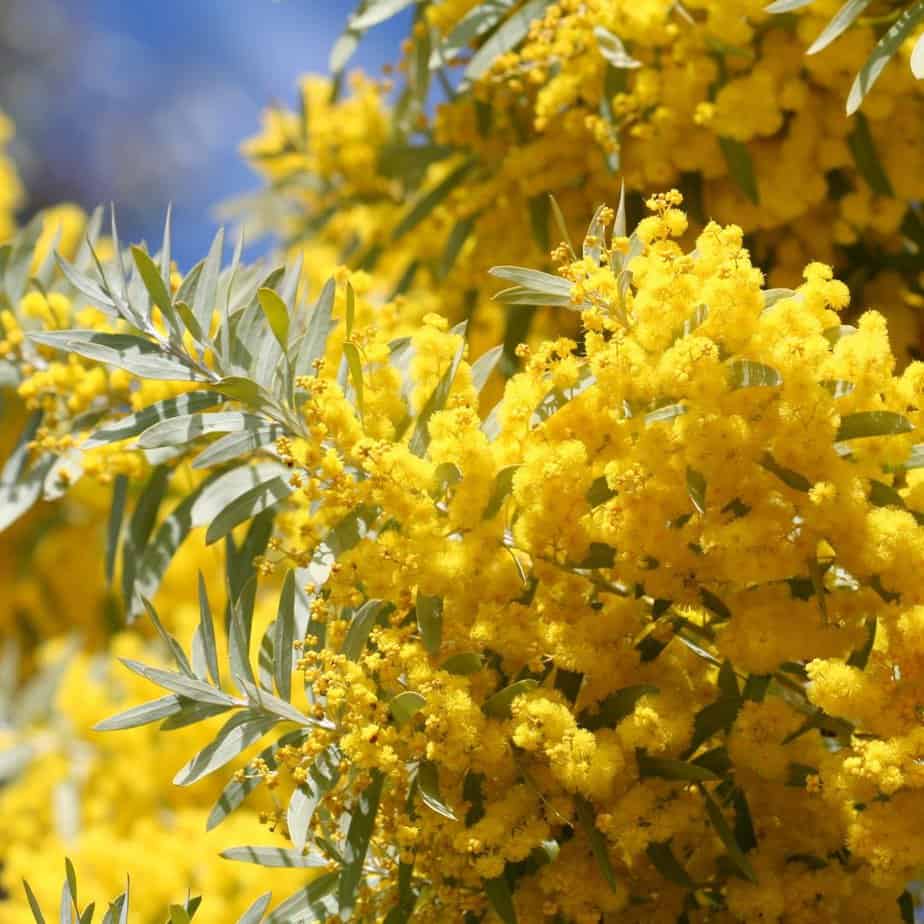
Embrace Native Plants
The foundation of a wildlife-friendly garden begins with native plants. These plants have evolved alongside local wildlife and provide essential food and shelter. When you opt for native species, you create a familiar and inviting environment for local birds, insects, and other creatures. They are specially adapted to thrive in the climate and soil conditions where you live.
Start by inventorying your existing plants and replacing invasive varieties with native options. Plants native to Melbourne include Kangaroo Paw, Golden Wattle, Banksia, Grevillea, and Tea Tree.
In addition to drawing in pollinators, native plants can provide food sources for wildlife. Fruit and seed-bearing plants give birds and small mammals needed nourishment. Consider planting berry bushes like blueberry, raspberry, or currant. Trees like oak, maple, and hawthorn produce seeds.
Include Butterfly Friendly Plants
Creating a garden adorned with butterfly-friendly plants is a delightful way to invite these enchanting creatures into your outdoor space while fostering biodiversity.
By carefully selecting nectar-rich flowers and host plants that cater to the various life stages of butterflies, you not only contribute to the vibrancy of your garden but also support the overall health of local ecosystems.
Plants such as milkweed, coneflowers, lavender, and butterfly bush serve as essential nectar sources, attracting adult butterflies with their vivid colours and sweet fragrances.
Additionally, incorporating host plants like parsley and dill provides a welcoming environment for butterflies to lay their eggs, fostering the growth of caterpillars.
By cultivating a butterfly-friendly garden, you create a harmonious habitat that not only adds aesthetic charm but also plays a vital role in the conservation of these delicate winged creatures.

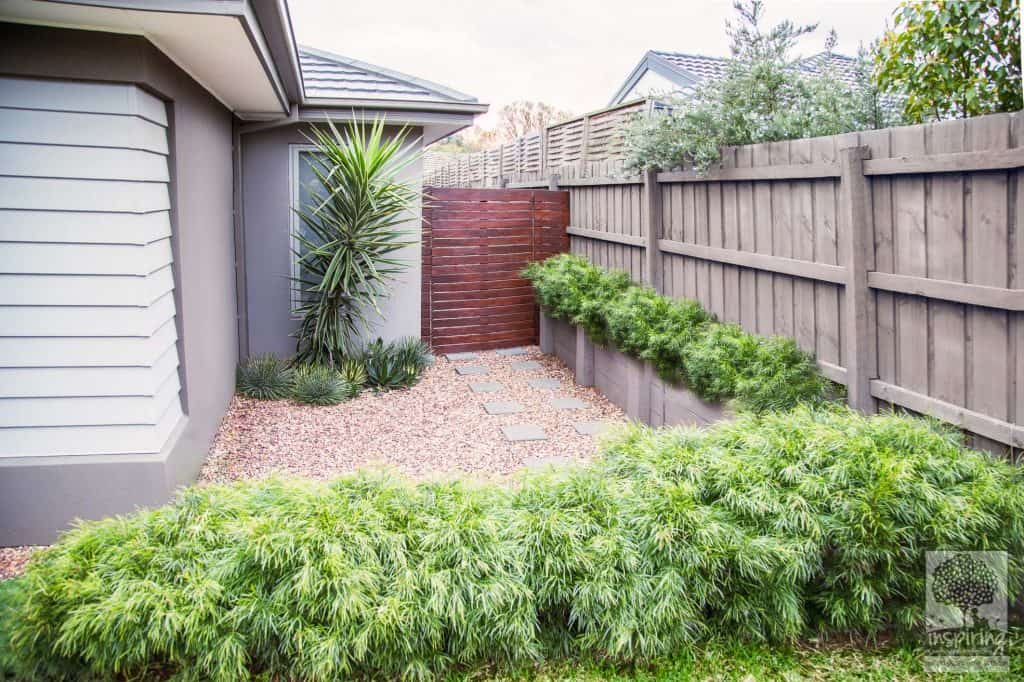
Plant In Layers
By planting on varying heights and levels, you can attract diverse wildlife. Plant a tree canopy, shrubs, and ground cover plants. Vary heights within each layer. This layered approach provides animals with various niches to inhabit and explore.
Butterflies can rest on tall flowers, while birds can nest in the branches of trees. The complex structure mimics natural environments. Go vertical with trellised vines, hanging pots, and birdhouses at varying heights. Include year-round greenery for shelter in winter.
Create A Water Source
Water is a precious resource for both humans and animals. Including a water source in your garden can profoundly impact attracting wildlife. Adding a water feature to your garden, such as a birdbath, pond, or even a simple shallow dish, provides a vital drinking and bathing spot for birds, bees and other creatures.
Be sure to keep the water source clean and change the water regularly to prevent stagnation. You’ll soon find birds, bees, and butterflies frequently stopping to quench their thirst.
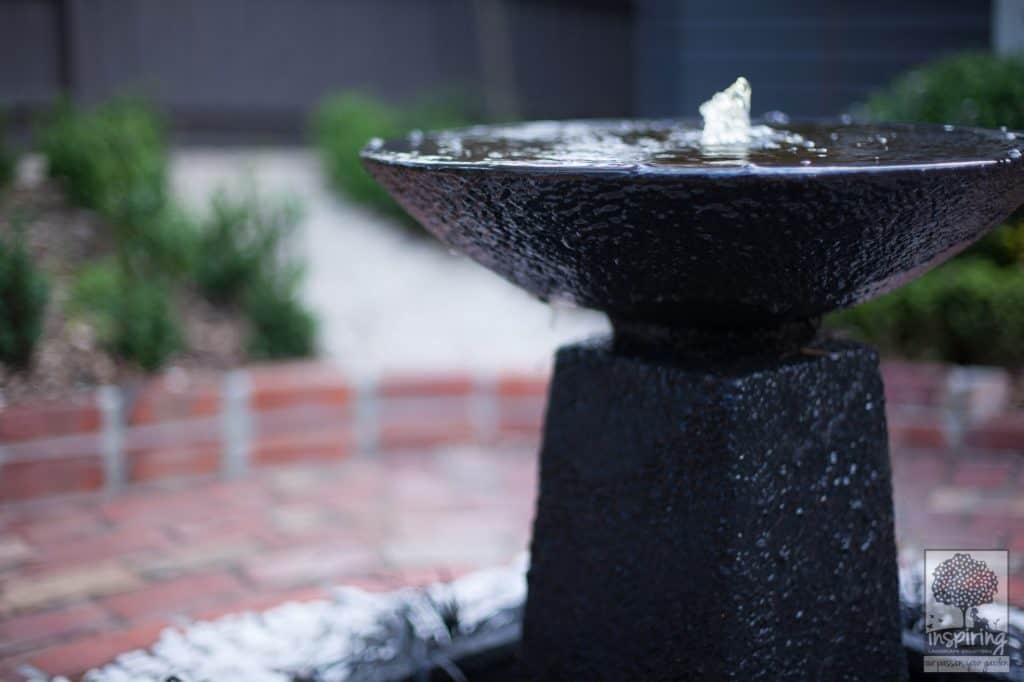
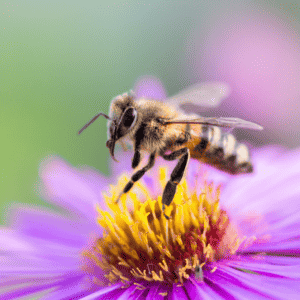
Cultivate A Pollinator Paradise
Pollinators like bees and butterflies play a critical role in maintaining ecosystems and supporting plant life. Invite these important visitors into your garden by planting a mix of flowers rich in nectar and pollen.
Flowers such as lavender, sunflowers, and coneflowers are visually appealing and attract various pollinators. As they flit from blossom to blossom, they’ll contribute to the vitality of your garden’s ecosystem.
Create Shelter And Habitat
Wildlife needs shelter to rest, nest, and seek refuge. Integrate elements into your garden that offer shelter, such as bushes, trees, rock piles, and even deadwood. These features create hiding spots for small animals and cosy homes for birds and insects.
Consider setting up birdhouses, bat boxes, and insect hotels to accommodate a diverse range of creatures. Choose a style with the ideal hole size for the species you want to attract for birdhouses. Mount houses securely away from windows and predators.
Let fallen leaves and plant matter provide cover for foraging insects. These features offer protection and add an enchanting element to your garden’s design.
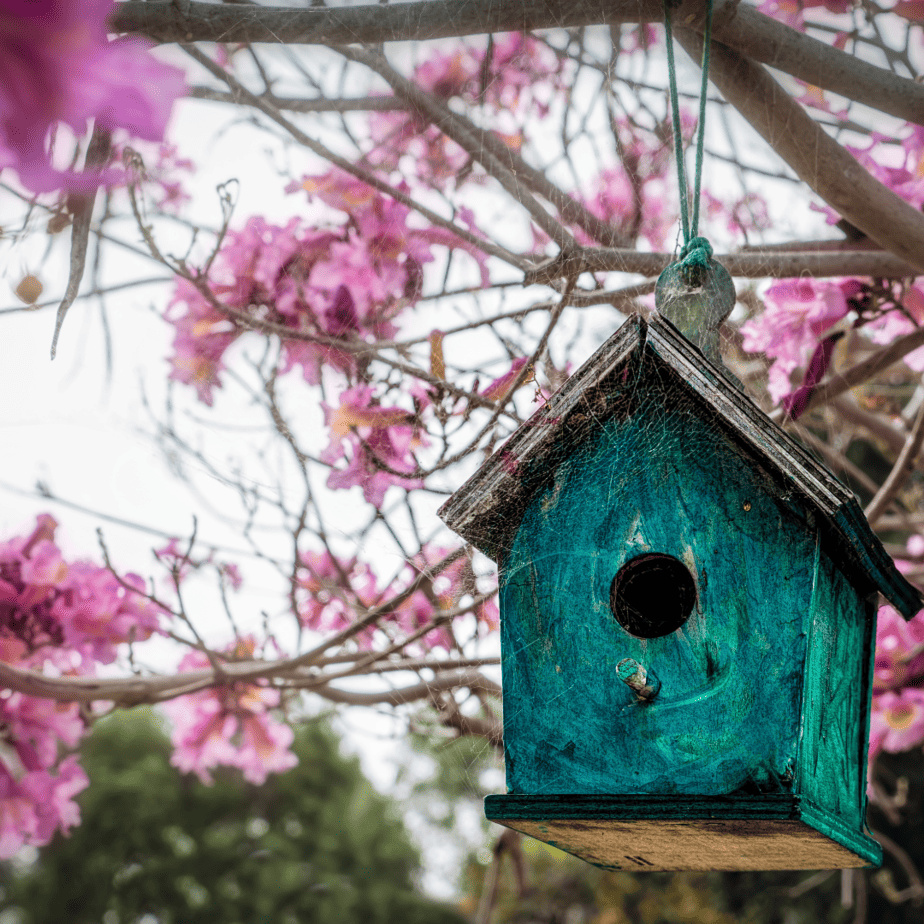
Transforming your garden into a wildlife haven doesn’t just benefit the local fauna—it also enriches your outdoor experience. By embracing native plants offering water sources and shelter, you can create a harmonious environment that invites birds, butterflies, bees, and more. You’re well on your way to creating a garden that nature’s creatures will gratefully call home.
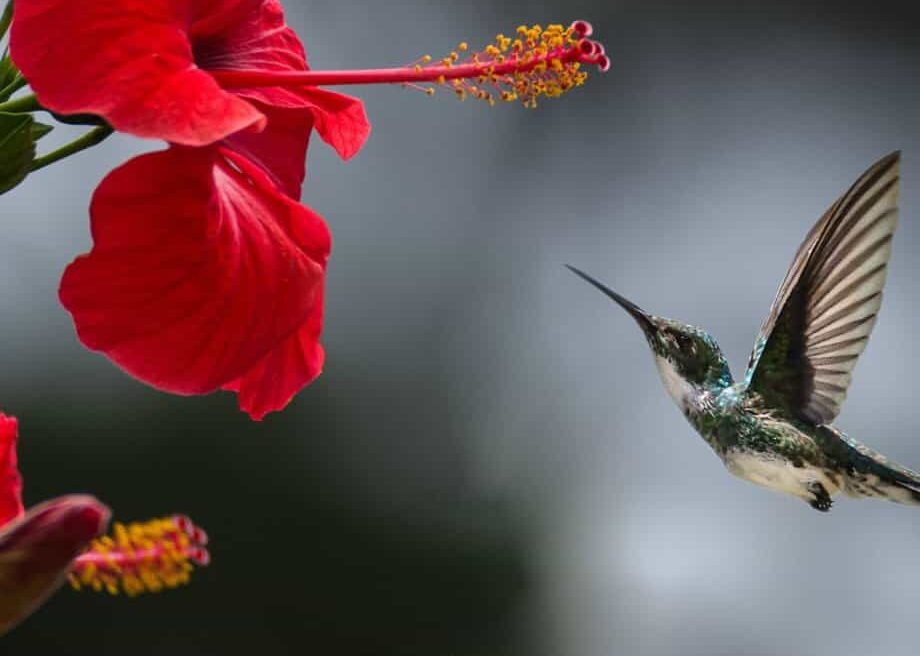

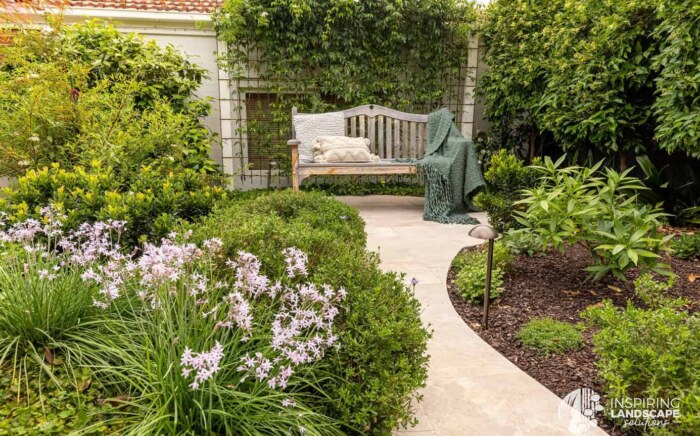
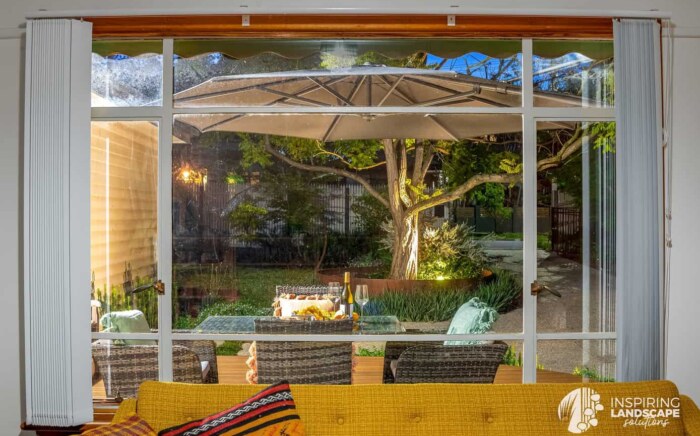
Leave a Comment